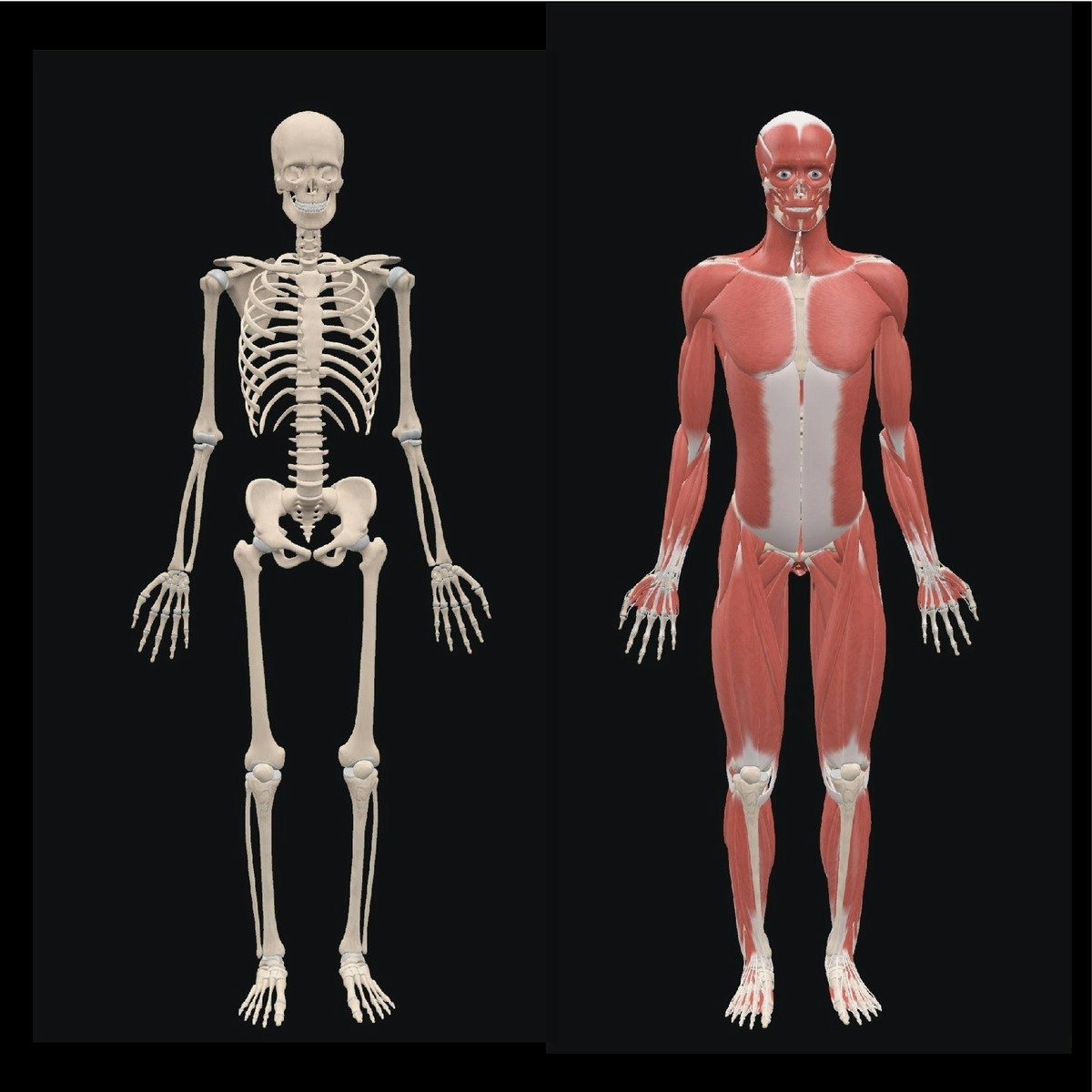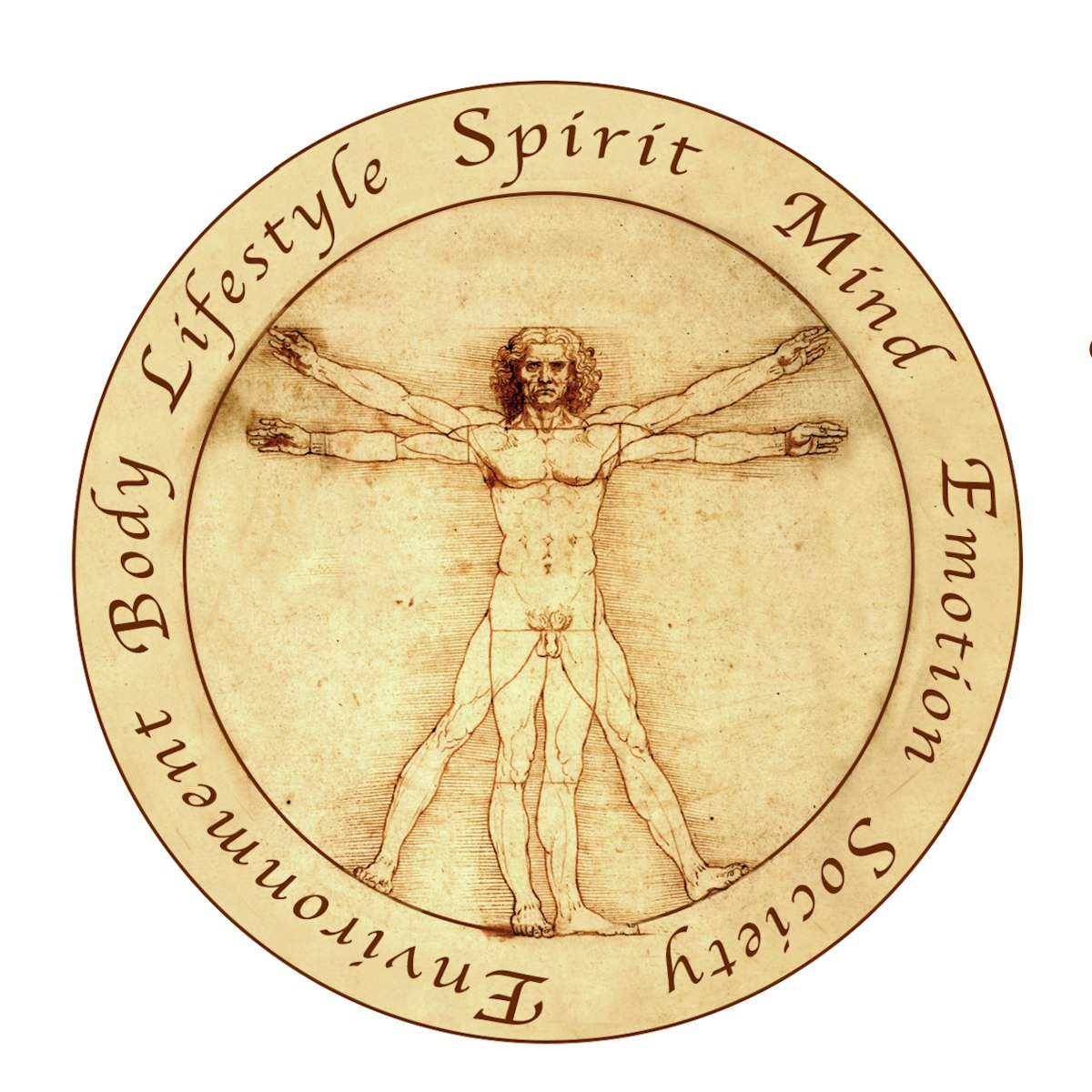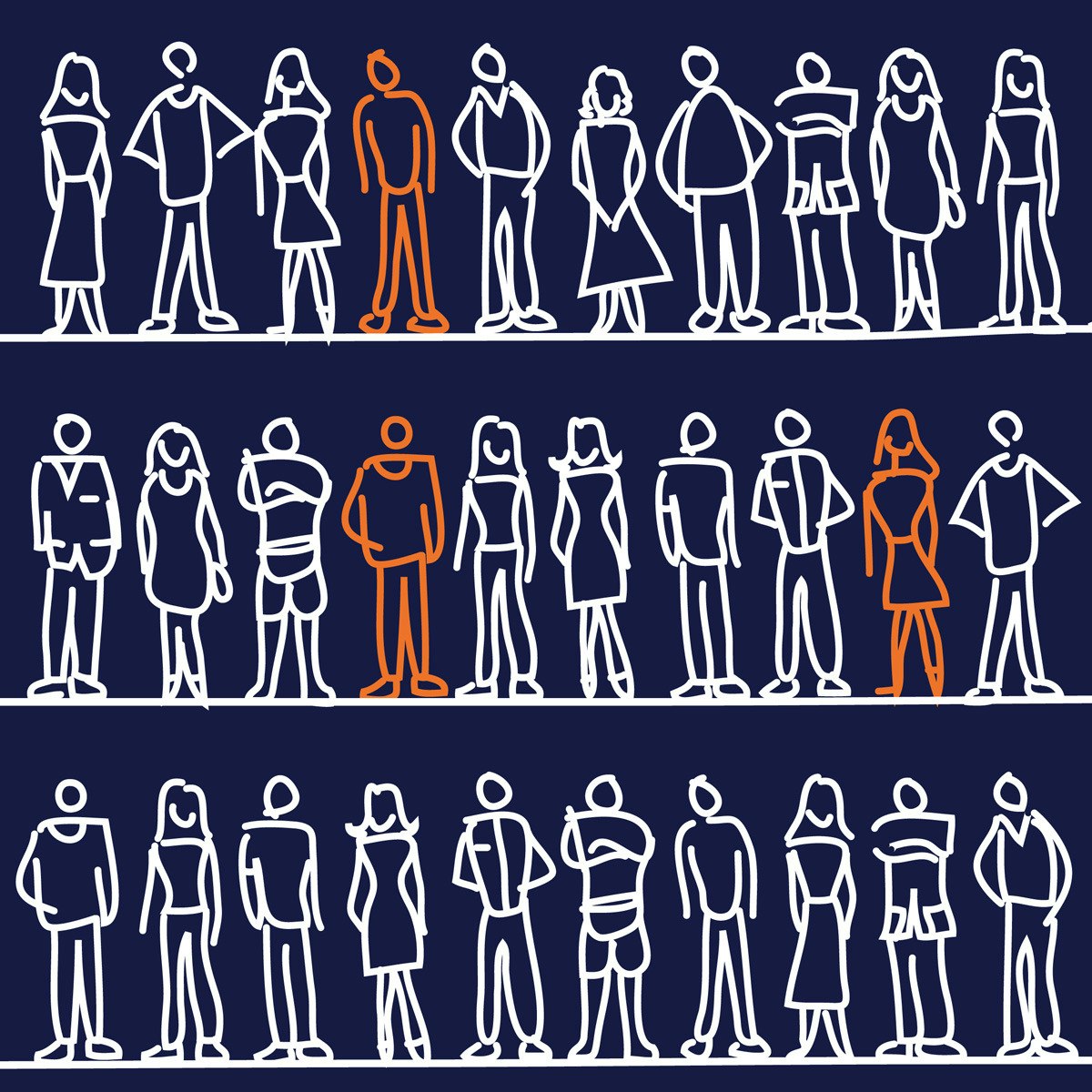Back to Courses









Life Sciences Courses - Page 41
Showing results 401-410 of 644

Introduction to Translational Science
Translational science seeks to speed up the process of moving research discoveries from the laboratory into healthcare practices. Numerous scientific and organizational roadblocks can act as obstacles along the path of translation and ultimately hinder the speed of progress in medical research. The National Center for Advancing Translational Sciences (NCATS) was established by the National Institutes of Health (NIH) to transform and accelerate the translational research process, with the intended result of getting treatments to more patients faster. The field of Translational Science aims to bridge these gaps by:
Developing new approaches, technologies, resources and models
Demonstrating the usefulness of new approaches, technologies, resources and models
Disseminating the resulting data, analyses, and methodologies to the broad scientific community
Introduction to Translational Science is an introductory course that provides students with a broad understanding of translational science, the types of research that are conducted under the translational science umbrella, and how this research impacts the public at large.The course will compare and contrast current impediments to clinical research with the potential of translational science and will include selected case studies from the University of Rochester.

Fundamental Sports related Musculoskeletal Anatomy
This is an online course on fundamental sports-related musculoskeletal anatomy which provides students with a basic understanding of the musculoskeletal structure and function of different body regions. Topics include an overview of the musculoskeletal system, spine, upper limb, and lower limb.

Prepare for the EMT Certification Test
Welcome to your final course in Become and EMT! Prepare for the National Registry exam.
The title for this course is a little bit misleading. We do hope that at the completion of this course that you feel more prepared to take the skills portion as well as the written portion of the national registry exam. More than anything else, however, our greatest hope is that we have given you the knowledge and tools to provide high quality patient care once you are certified as an EMT or once you achieve whatever level of patient care provider you aspire to. I think many of you have experienced in school or other training the difference between knowing the information needed to pass a test and being able to apply that information to a real life problem. We want you to be able to apply your knowledge!
To accomplish this, there will be videos from prior courses to review, links to the national registry patient care checklists, and you will use these resources to complete a series of patient care scenarios that challenge you to apply what you have learned over the past 5 courses.
The next couple of weeks are designed to stretch your knowledge and guide you to apply it to potentially real patient presentations. In addition, you will have the opportunity to practice peer review on the care plans that your fellow learners put together. Not only does this provide you the opportunity to see what other people would do in a similar situation but also reinforces your understanding of the material. Good luck and have fun with this last portion of the specialization!

Preventing Chronic Pain: A Human Systems Approach
Chronic pain is at epidemic levels and has become the highest-cost condition in health care. This course uses evidence-based science with creative and experiential learning to better understand chronic pain conditions and how they can be prevented through self-management in our cognitive, behavioral, physical, emotional, spiritual, social, and environmental realms.
The goal of this course is to blend creative, experiential, and evidence-based teaching strategies to help participants understand chronic pain conditions and how a human systems approach can be applied to self-management strategies to reduce risk factors, enhance protective factors, and prevent chronic pain. There are four major objectives to the course;
1. Describe the prevalence, personal impact, and health care dilemma associated with chronic pain.
2. Recognize the clinical characteristics and underlying etiology of several common pain conditions and the peripheral, central, and genetic mechanisms of chronic pain
3. Based on the literature associated with risk and protective factors in the seven realms of our lives, learn specific strategies in each realm that can be employed daily to prevent chronic pain and enhance wellness.
4. Appreciate the value of a human systems approach to health care and how it can provide a basis for integrative, interdisciplinary, and individualized care to preventing pain and enhancing wellness.
CONTINUING EDUCATION CREDIT
Health Care Professionals
Health care professionals who participate in this CE activity may submit this certificate statement of participation to their appropriate accrediting organizations or state boards for consideration of credit. The participant is responsible for determining whether this activity meets the requirements for acceptable continuing education. Email your Coursera certificate statement of completion to your appropriate organization.

Application of Health Equity Research Methods for Practice and Policy
Intended for students who have completed the introduction to health equity research course and/or have previous experience working in this area. This course will cover innovative methods, practical tools, and skills required to conduct rigorous health equity research and translate evidence-based strategies into practice and policy. Covers topics ranging from conceptual frameworks for stakeholder engagement and behavioral intervention development, to adapting interventions for socially-at-risk populations, and research methods in healthcare services and social epidemiology.

Introduction to Self-Determination Theory: An approach to motivation, development and wellness
Self-determination theory (SDT) is an empirically based theory of motivation and psychological development that is especially focused on the basic psychological needs that promote high quality motivation and wellness, and how they are supported in social contexts. SDT details how the styles and strategies of motivators such as parents, teachers, coaches, managers, and health-care professionals can promote or undermine engagement and the positive consequences that follow from it.
In this course, Professor Richard Ryan, co-founder of the theory, will provide an overview of SDT with special emphasis on how autonomy, competence, and relatedness supports and facilitates behavioral persistence, quality of relationships, and healthy developmental processes, among other topics. He will also discuss the convergence of behavioral phenomenological and neuropsychological aspects of autonomy within SDT research. In addition, he will illustrate practical applications of SDT, with emphasis on educational, work, sport, healthcare and psychotherapy settings.

Supporting Families and Caregivers
This course takes a deep dive into the challenges families and friends of a patient with serious illness face and how you can care for and support them as a provider, social worker or family friend. Supporting Families and Caregivers especially focuses on the children of a patient with serious illness and their caregiver, and teaches you the best way to empower them to get the support they need. By the end of this course, you will be able to provide critical avenues of support for the people who are instrumental to your patients care, wellbeing and quality of life.
Stanford Medicine is jointly accredited by the Accreditation Council for Continuing Medical Education (ACCME), the Accreditation Council for Pharmacy Education (ACPE), and the American Nurses Credentialing Center (ANCC), to provide continuing education for the healthcare team. Visit the FAQs below for important information regarding 1) Date of original release and Termination or expiration date; 2) Accreditation and Credit Designation statements; 3) Disclosure of financial relationships for every person in control of activity content.

Communication and Leadership during a Public Health Crisis
As the world changes dramatically around us, leadership skills are necessary to help keep the population safe and healthy.
This course emphasizes why it is important to build leadership skills in public health positions and work with diverse teams while immersed in a crisis. The course is designed to help develop effective communication skills necessary to lead a team through conflict and crisis, and build strategies to reach a common goal.

Disease Screening in Public Health
Current and future public health is characterized by the increase of chronic and degenerative diseases, corresponding to the worldwide ageing of the population. The increasing prevalence of these conditions together with the long incubation period of the chronic diseases and the continual technological innovations, offer new opportunities to develop strategies for early diagnosis.
Public Health has an important mandate to critically assess the promises and the pitfalls of disease screening strategies. This MOOC will help you understand important concepts for screening programs that will be explored through a series of examples that are the most relevant to public health today. We will conclude with expert interviews that explore future topics that will be important for screening.
By the end of this MOOC, students should have the competency needed to be involved in the scientific field of screening, and understand the public health perspective in screening programs.
This MOOC has been designed by the University of Geneva and the University of Lausanne.
This MOOC has been prepared under the auspices of the Ecole romande de santé publique (www.ersp.ch) by Prof. Fred Paccaud, MD, MSc, Head of the Institute of Social and Preventive Medicine in Lausanne (www.iumsp.ch), in collaboration with Professor Antoine Flahault, MD, PhD, head of the Institute of Global Health, Geneva (https://www.unige.ch/medecine/isg/en/) and Prof. Gillian Bartlett-Esquilant (McGill University, Quebec/ Institute of Social and Preventive Medicine, Lausanne).

Ecosystems of California
This course surveys the diversity, structure and functioning of California’s ecosystems through time and the ways they have influenced and responded to human activities and stewardship. Topics include ecosystem drivers such as climate, soils, and land use history; human and ecological prehistory of the state; comparative marine, freshwater, and terrestrial ecosystem dynamics; and managed ecosystems such as range, fisheries and agriculture in California. The course also emphasizes important skills to understand as a scientist or consumer of scientific information, including data collection, natural history, and writing.
